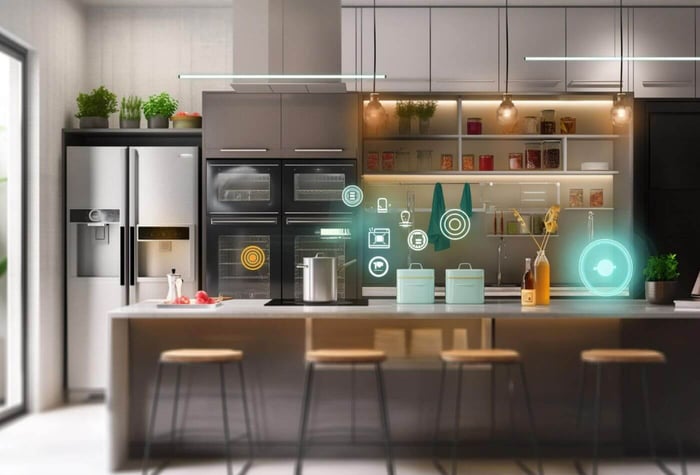
LED vs Smart Bulbs for Sustainability: What's the Difference?
Share
In the rapidly evolving world of lighting technology, the debate between LED vs smart bulbs for sustainability is a hot topic among tech professionals and enthusiasts alike. With the growing emphasis on environmental consciousness, it's crucial to understand the differences between these two lighting solutions and their impact on sustainability.
Both LED and smart bulbs have revolutionized how we illuminate our spaces, but which one offers better sustainability? Let's delve into the intricacies of each to find out.

Understanding LED Bulbs
LED bulbs, or Light Emitting Diodes, are renowned for their energy efficiency and longevity. Unlike traditional incandescent bulbs, LEDs convert the majority of their energy into light rather than heat, making them an excellent option for reducing energy consumption.
LEDs are available in various shapes, sizes, and brightness levels, offering versatility for different settings. They have a longer lifespan, often lasting up to 25,000 hours, which significantly reduces the need for frequent replacements and minimizes waste.
Benefits of LED Bulbs
- Energy Efficiency: LEDs consume approximately 75% less energy than incandescent bulbs.
- Longevity: With a lifespan of up to 25,000 hours, LEDs reduce the frequency of replacements.
- Environmentally Friendly: LEDs contain no harmful elements like mercury, making disposal safer for the environment.
Exploring Smart Bulbs
Smart bulbs, on the other hand, combine LED technology with connectivity features, allowing users to control their lighting through smartphone apps or voice assistants. This integration enables advanced customization, including dimming, color-changing, and scheduling features.
The primary allure of smart bulbs lies in their ability to enhance convenience and offer energy-saving opportunities through automation. For instance, users can set lights to turn off automatically when a room is unoccupied, reducing unnecessary energy usage.
Advantages of Smart Bulbs
- Control and Customization: Smart bulbs offer a range of features, including remote control, color changes, and scheduling.
- Energy Management: Automation features help optimize energy use by turning off lights when not needed.
- Integration with Smart Home Systems: Smart bulbs can be integrated into broader smart home ecosystems, enhancing overall efficiency.
The Sustainability Debate
When it comes to sustainability, both LED and smart bulbs offer unique advantages. LEDs are inherently energy-efficient and environmentally friendly due to their reduced energy consumption and longer lifespan. However, smart bulbs take sustainability a step further by providing intelligent features that optimize energy use.
Smart bulbs' ability to integrate with automated lighting systems allows users to create schedules and adjust brightness levels, minimizing energy waste. Additionally, they can be paired with other sustainable IoT solutions for a comprehensive approach to energy management.
Comparative Analysis
While both LED and smart bulbs offer sustainability benefits, the choice between the two depends on individual preferences and priorities. If energy efficiency and cost-effectiveness are the primary concerns, traditional LEDs are an excellent choice. However, for those seeking convenience and enhanced control, smart bulbs provide a more comprehensive solution.
Ultimately, the decision hinges on the level of automation desired and the willingness to invest in smart home technology. For those committed to creating an eco-friendly home, integrating smart bulbs with other green technologies can maximize sustainability efforts.
Conclusion: Making the Right Choice
In the debate of LED vs smart bulbs for sustainability, both options present compelling arguments. LEDs are a tried-and-true solution for energy efficiency, while smart bulbs introduce an element of intelligence and automation that can further enhance sustainability.
For tech professionals and enthusiasts, the choice may also be influenced by the desire to integrate lighting with broader smart home systems. As the world moves towards more sustainable practices, embracing innovative lighting technologies can significantly contribute to reducing our carbon footprint.

FAQs
Are smart bulbs more sustainable than LED bulbs?
Smart bulbs offer additional energy-saving features through automation, making them potentially more sustainable when used effectively.
Can I use both LED and smart bulbs in my home?
Absolutely! Combining both types can offer the benefits of energy efficiency and smart home integration.
Do smart bulbs require a special setup?
Smart bulbs may require a compatible smart home hub or app for full functionality, but many are designed for easy installation.
